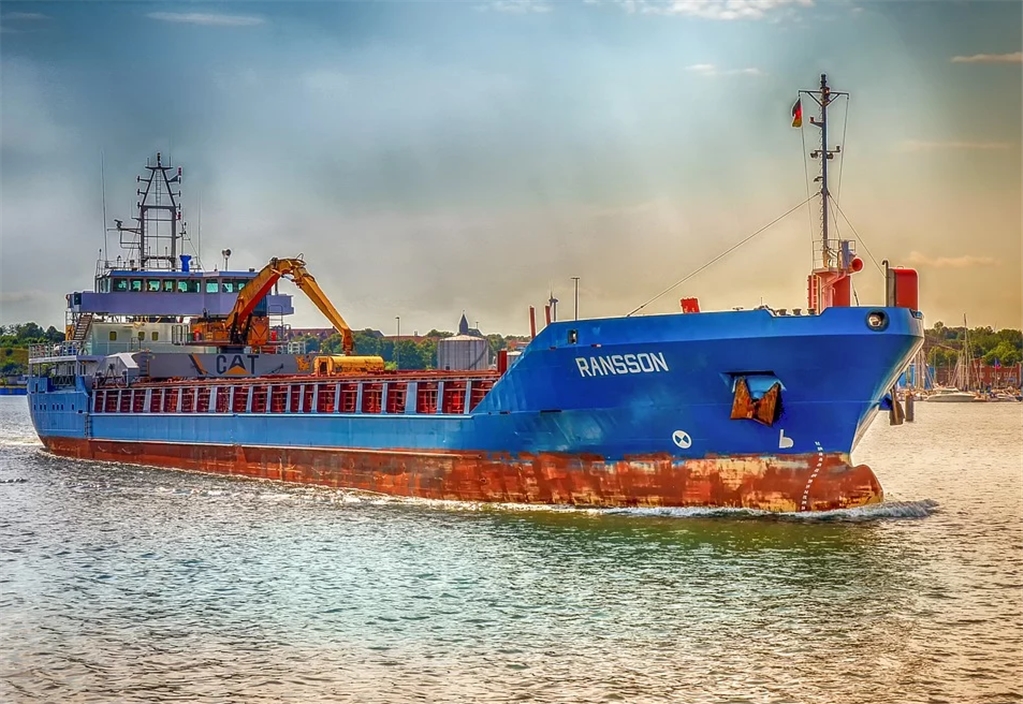Freight companies between North Asia and Australia are at breaking point after suffering a significant decrease in demand. According to some sources, streamlining of services along the Asia to China to Australia trade route will lead to a decrease of roughly 4500 teu of capacity each week. This is in addition to 5 Panamax ships being made redundant.

Reduced Demand
Since June, the spot freight rates along the China to Australia trade route have risen by more than 370%. June represented a low point when rates were at just $249 per teu, the lowest they have ever been. The latest adjustments to capacity along the route are designed to retain some of the spot rate gains, in spite of the decreasing demand and overall capacity.
Containerised trade between China and Australia has been declining year on year for some time, with only a short and slight peak during peak season. Because of this, freight businesses have had to adjust their capacity to reflect the market.
Market Adjustments
The news is no better on the North Asia to Australia trade route, where teu volumes are down 6.2% on the previous year. While the last 5 years have seen consistent growth in terms of volumes shipped, rates have fallen below $300 per teu during the slack season. Carriers have been able to weather the storm so far, but there had to be a breaking point, and it seems that for many, that point has now been reached.
Many stakeholders in Australia are now concerned about the reduced service options for shippers following capacity reductions and the apparent consolidation of certain carrier alliances. According to the ACCC, liner connectivity has remained stable compared to pre-2008 levels, and it may have even improved in some regards. Even this optimistic assessment notes that the recovery in Australia has been less dramatic than that of neighbouring New Zealand.
What Does This Mean for the Market?
The consolidation of shipping lines is considered by many to be at the heart of the increased competition that Australian terminal operators are currently experiencing. A side effect of that increased competition is that rising costs are being passed onto truckers and shippers in the form of infrastructure charges, which seem to be universally despised.
While the overall space availability has remained stable, it is believed that smaller players may be struggling to adjust to the changing conditions. In addition to threatening the viability of small businesses, the decline in volume could also impact currency trading markets, particularly the Australian dollar.
Whether this is just a cyclical fluctuation or the sign of a generational shift remains to be seen. Like all volatile trade routes, changes are expected, although the changes themselves may be unexpected. The forwarders who are most dependent upon a relatively small number of smaller-sized players are going to be struggling the most. Market consolidation means that the biggest players in the market are getting bigger while the smaller players are increasingly being squeezed out.